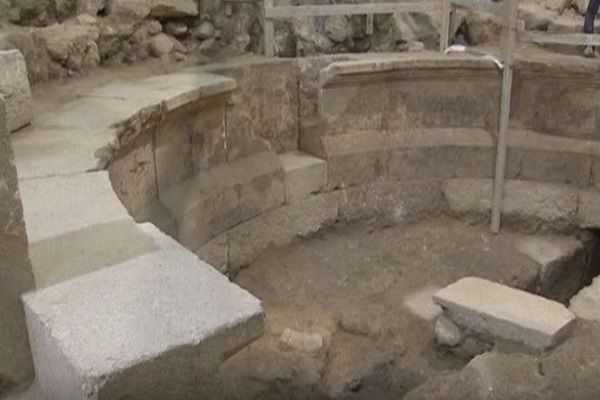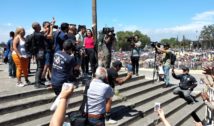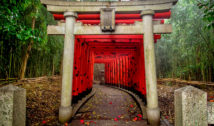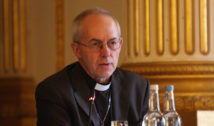
After 1,700 Years Large Section of Western Wall and Roman Theater Discovered
- By Derek Welch --
- 17 Oct 2017 --

The ruins could date back to the second century AD
Archaeologists have found a 200-seat arena eight meters underground in Jerusalem.[/tweetit] The ancient Roman theater was discovered in the Old City part directly below Wilson's Arch. Researchers from the Israel Antiquity Authority were excavating this site from 2015. Along with the arena, a substantial section of Western Wall that has been buried for 1,700 years.
After 1,700 Years Large Section of Western Wall and Roman Theater Discovered[/tweetthis]
With this discovery, archaeologists are now one step nearer to solve what happened after the Romans destroyed the then Jerusalem in 70CE. The work will continue for a minimum of six months more. It is expected that First Temple-era findings will be discovered as well. The public can witness the findings after the work is fully completed.
During a press conference held underground at the site, archaeologists Dr. Avi Solomon, Dr. Joe Uziel, and Tehillah Lieberman put into context the theater structure's discovery. They said that the findings provided a peep into the daily public life of that period.
Roman odeon found along western wall! 'Jerusalem’s lost theater’ and 8 ancient stone courses under Western Wall https://t.co/ztGA9QY9NV
— JJ Routley (@JJ_Routley) October 16, 2017
Efforts to excavate these ruins are not new. Charles William Wilson, the British archaeologist and surveyor during the 1860s became the pioneer among his profession to find whether a theater like the one discovered was built near the Western Wall. The theater was mentioned by a number of historical sources like Josephus Flavius. However, the ruins eluded a number of modern excavations until now. Uziel told the assembled media that the exciting part of the discovery that the archaeologists did not expect to find was the arena in the spot where it was discovered.
The excavated building is of relatively small size when compared to other Roman theaters of the same period. The smaller structure has led a number of experts to believe that the building could actually be an Odeon. The latter is a playhouse utilized for acoustic functions. Another theory put forward is that the structure was a bouleuterion -a building constructed for the sole purpose of meeting area of the city councils. Archaeologists discovered that the building was not complete in its construction. The stairs remain unfinished.
Archaeologists speculate that the theater could date from the time period of Bar Kokhba revolt. The cataclysmic event happened in second century AD. The start of the revolt forced the Romans stationed in the region to abandon all construction activities. They were instead sent to quash the rebellion. It is possible they did not come back to complete the construction.



















